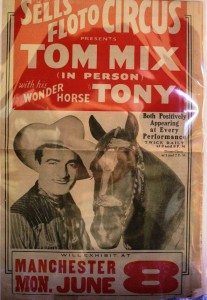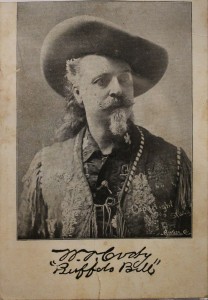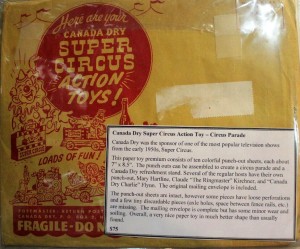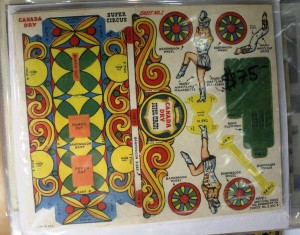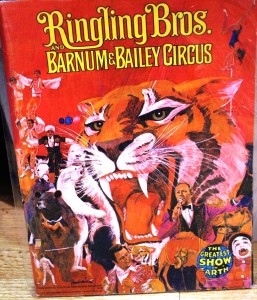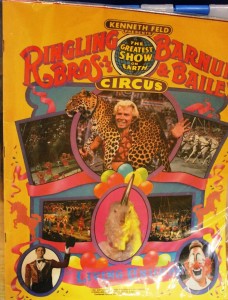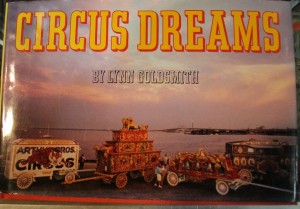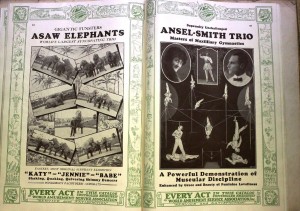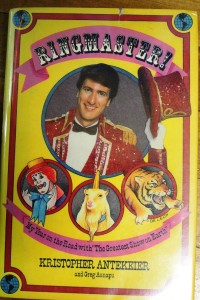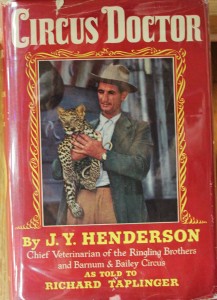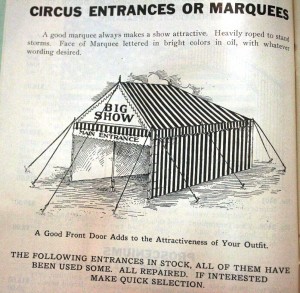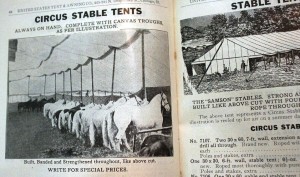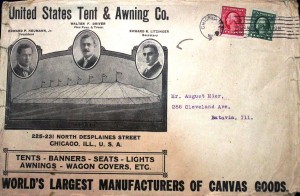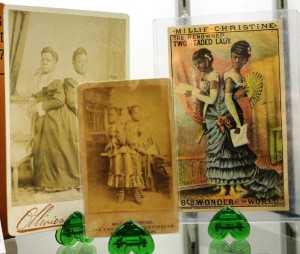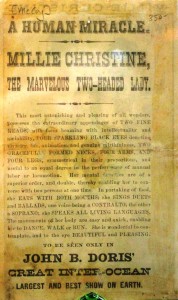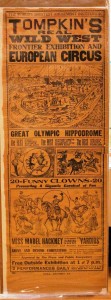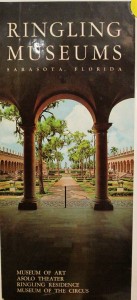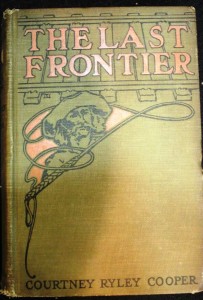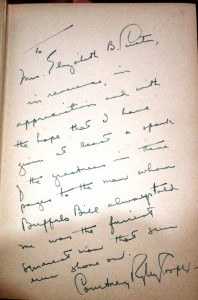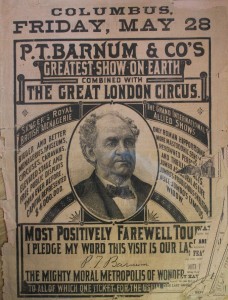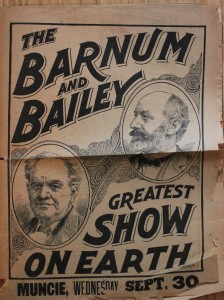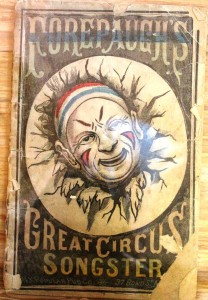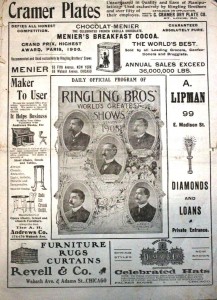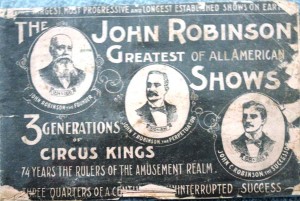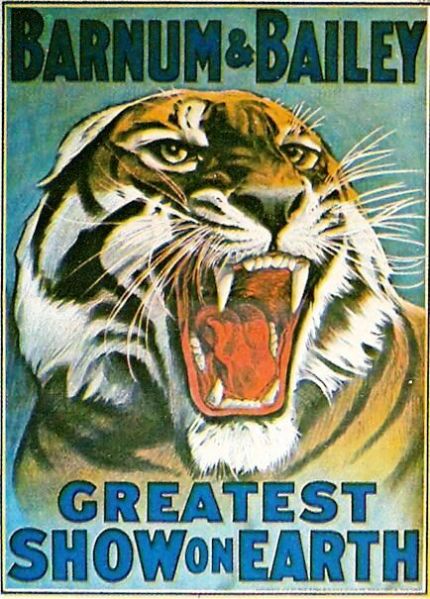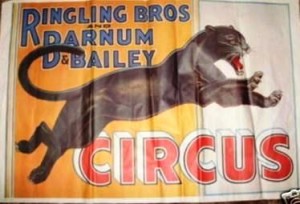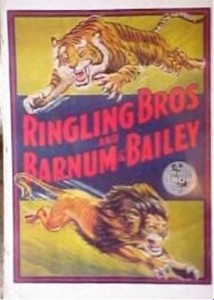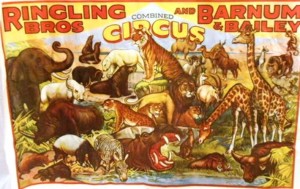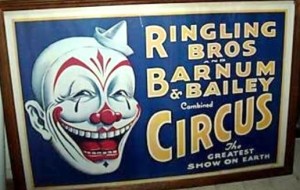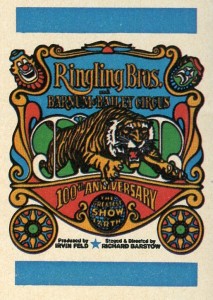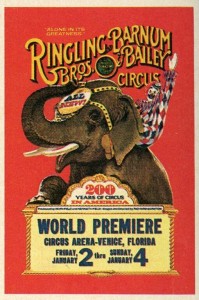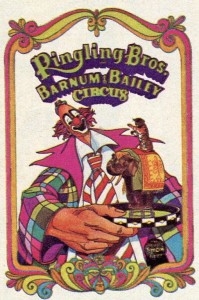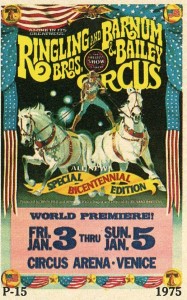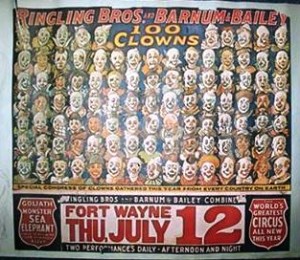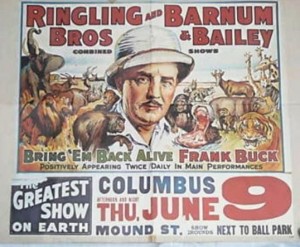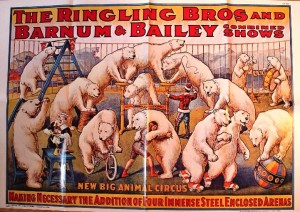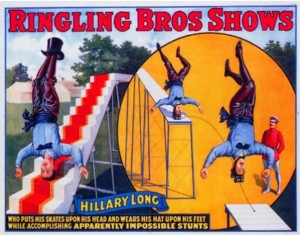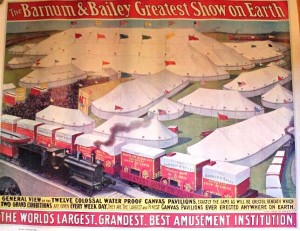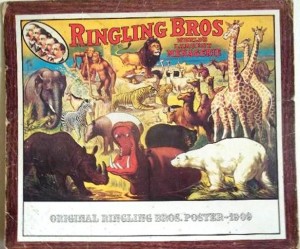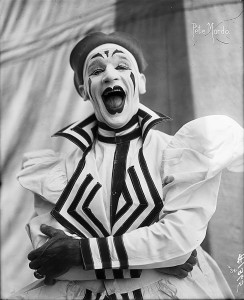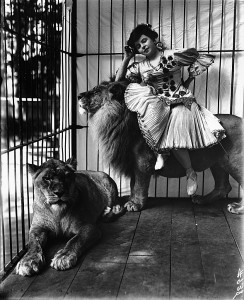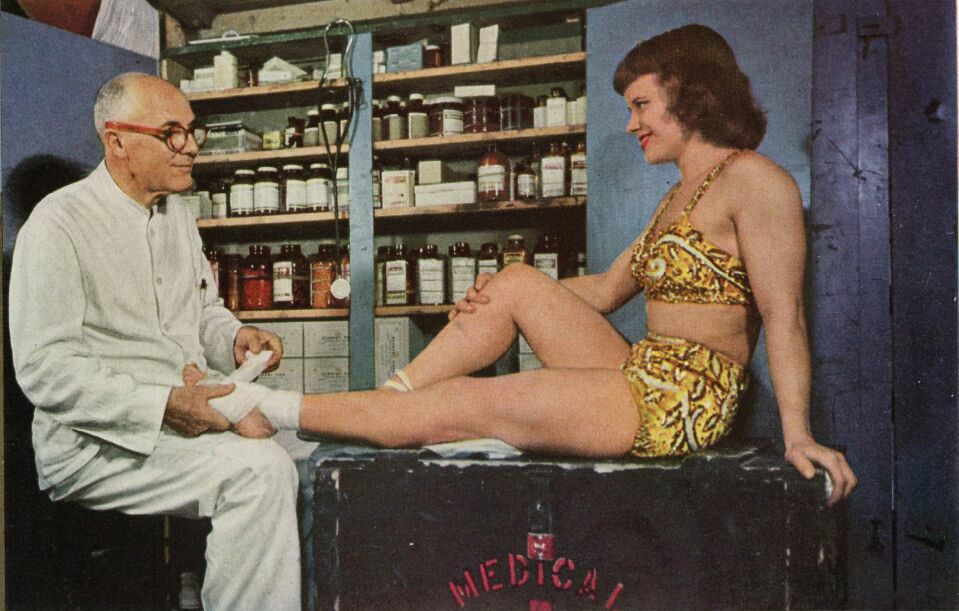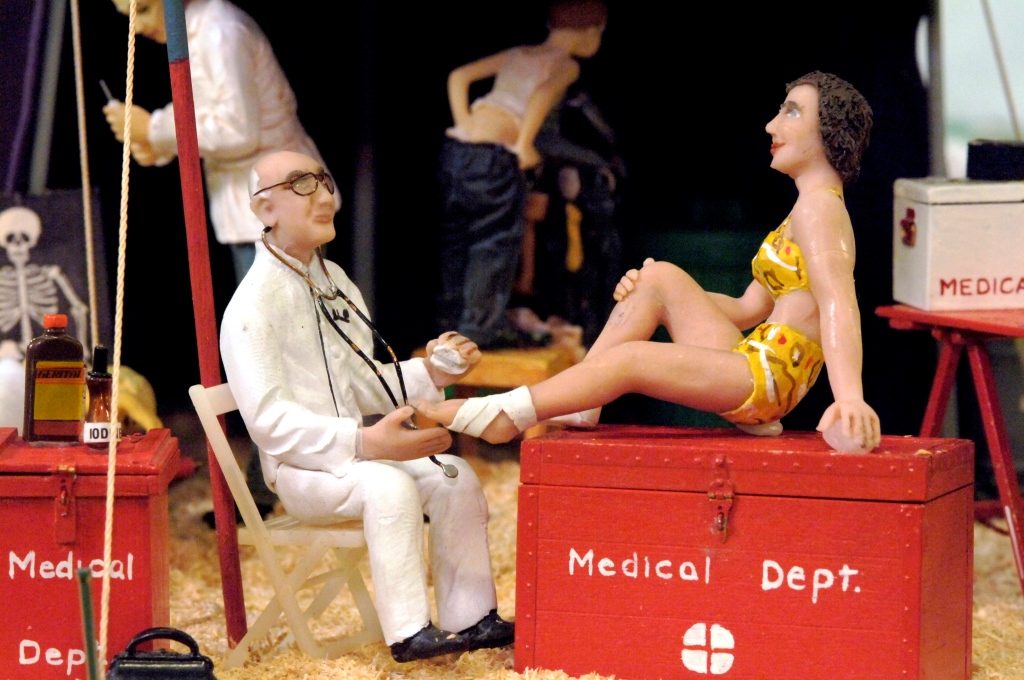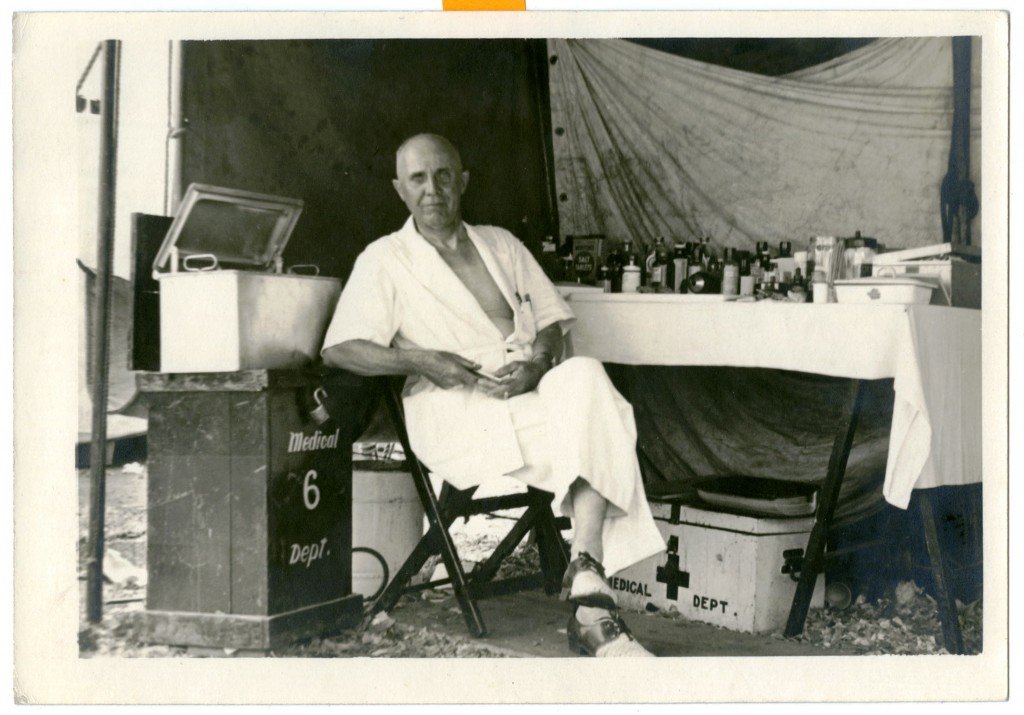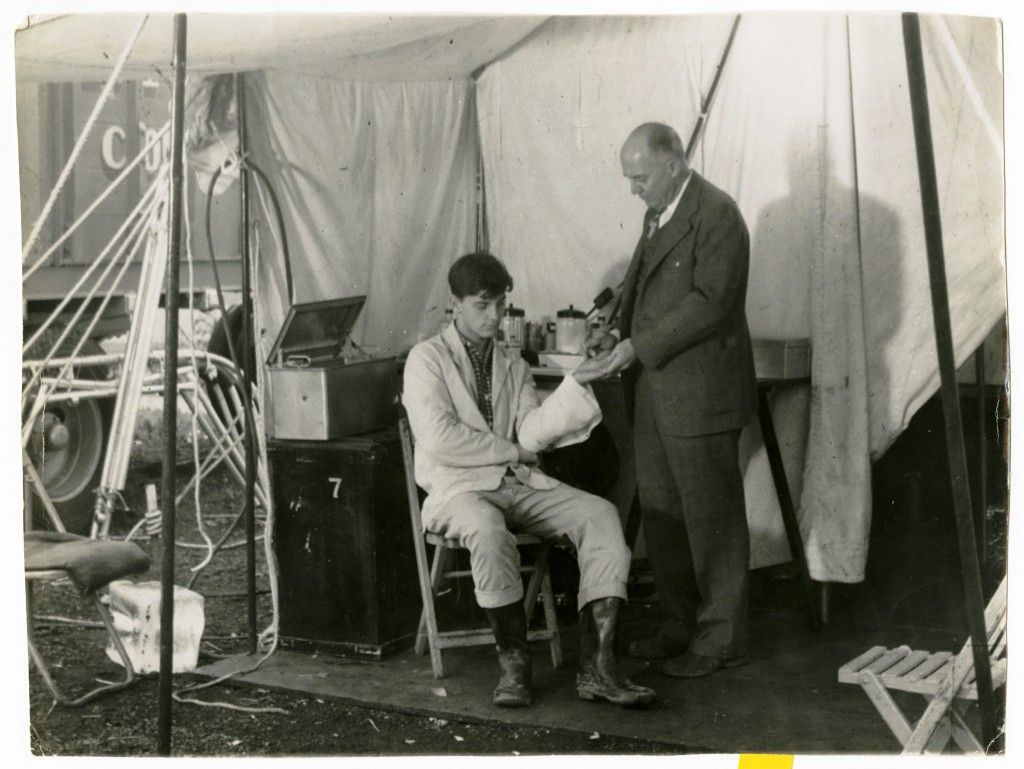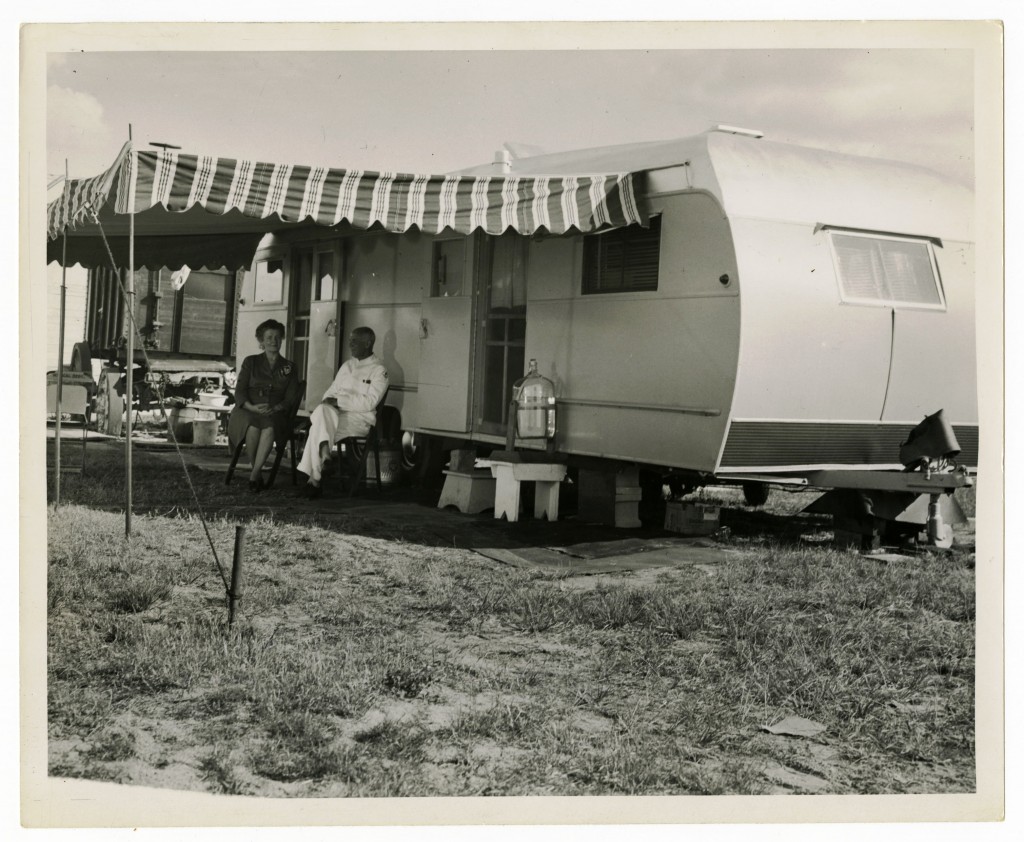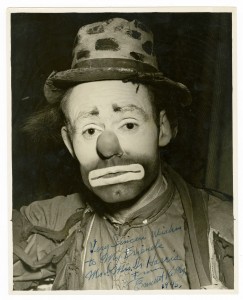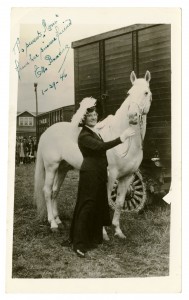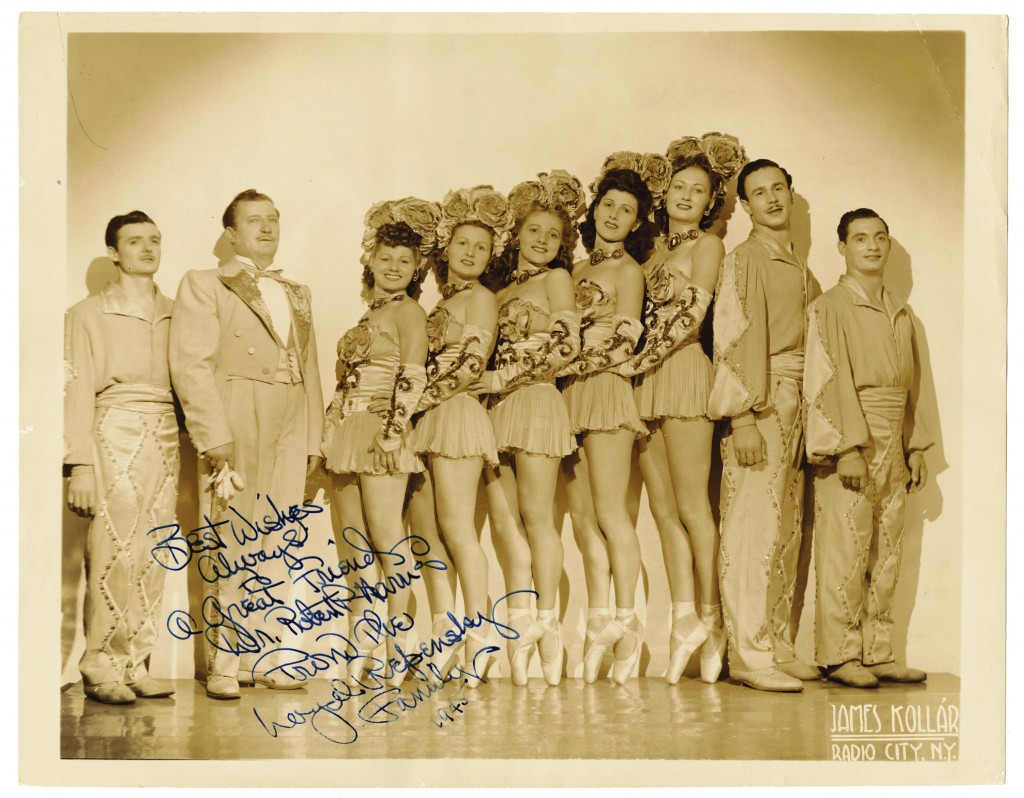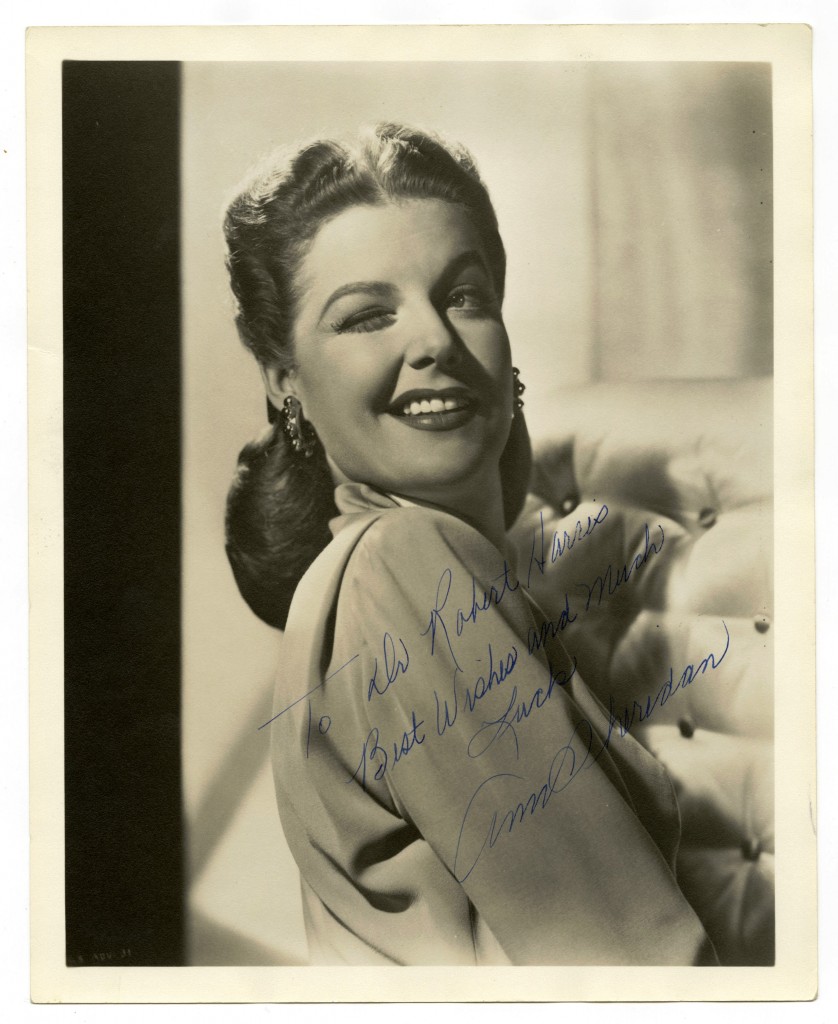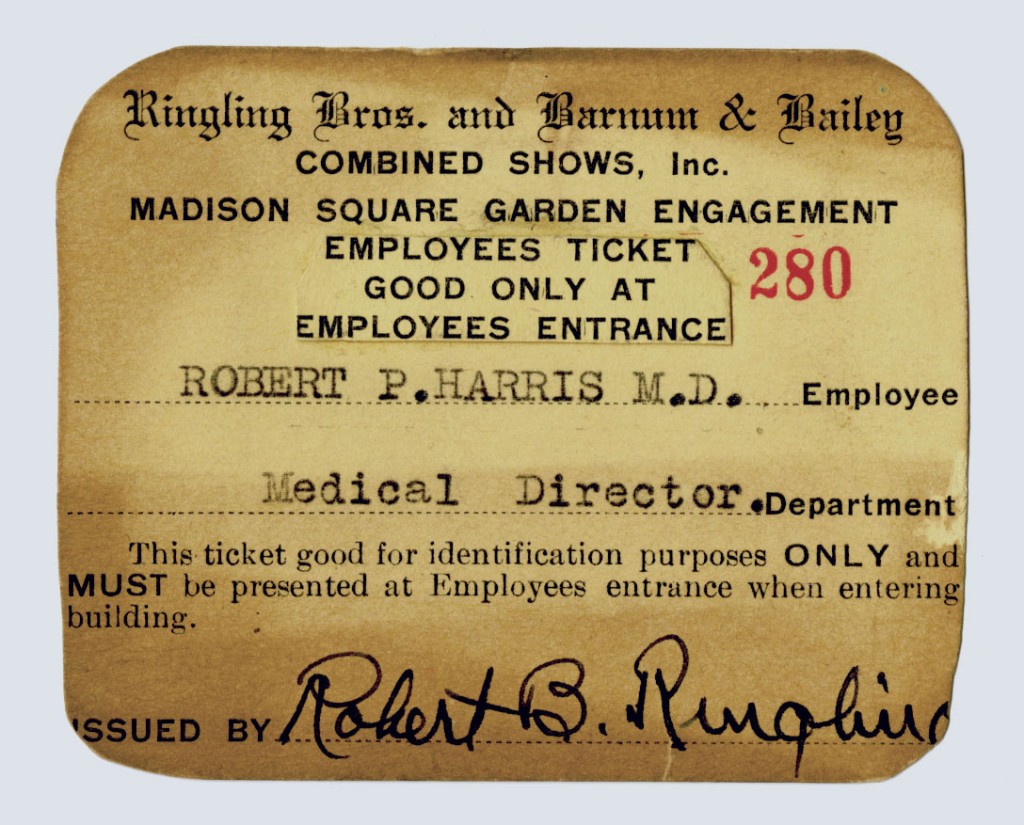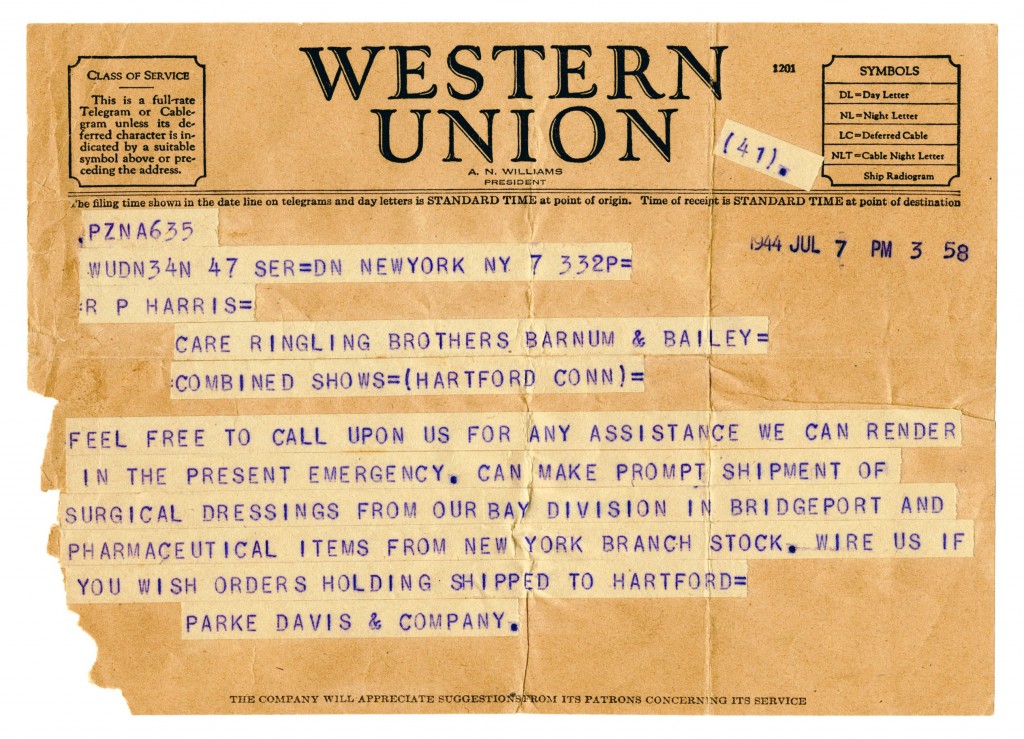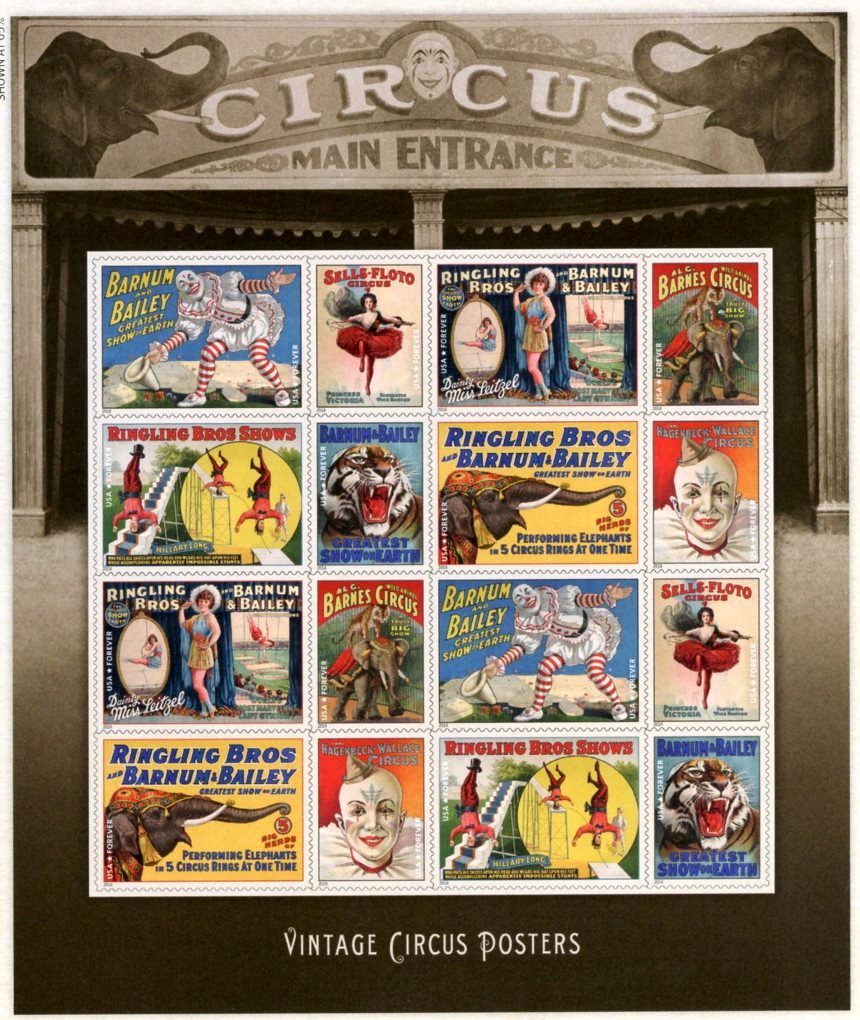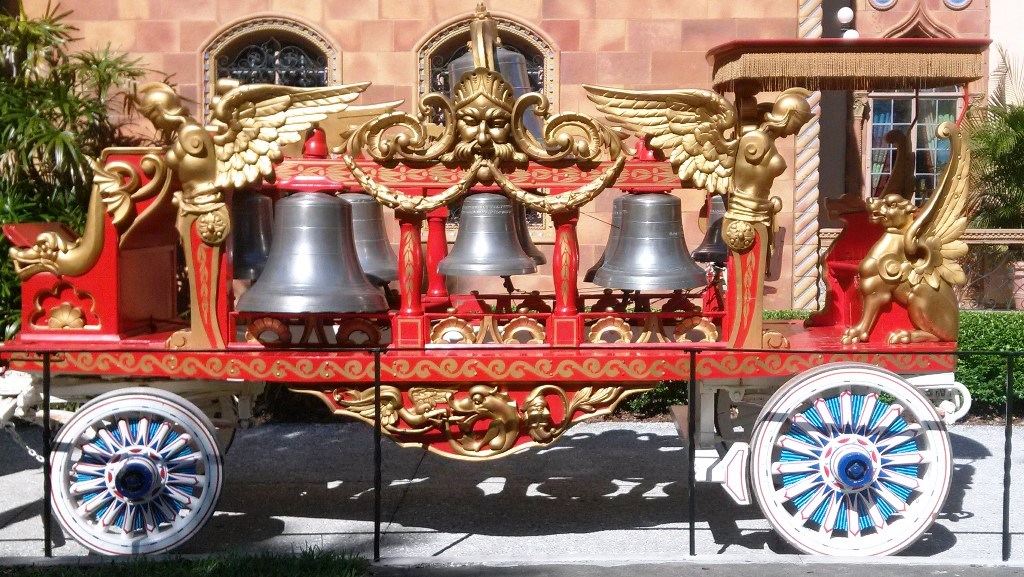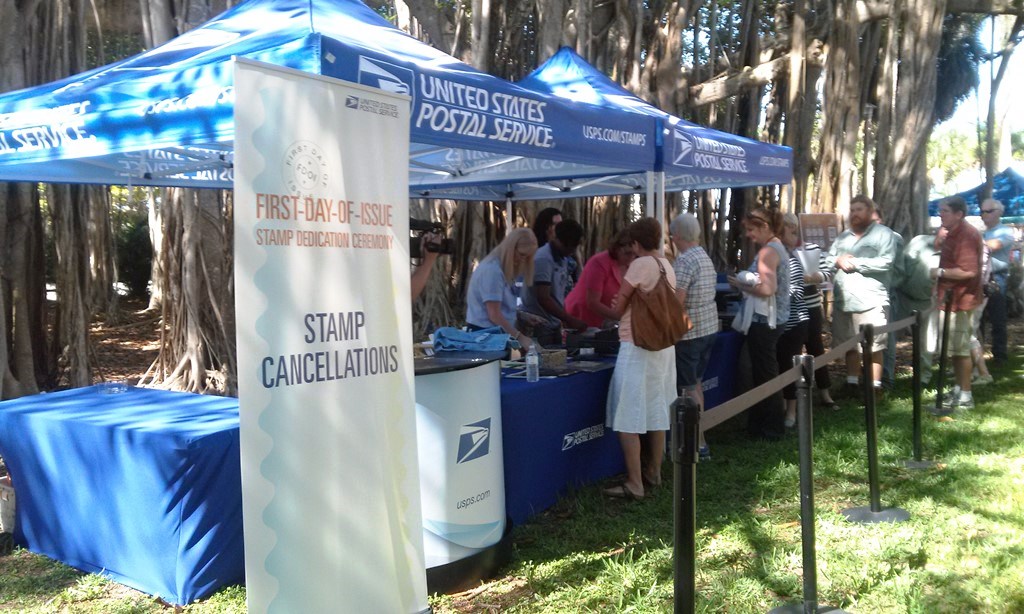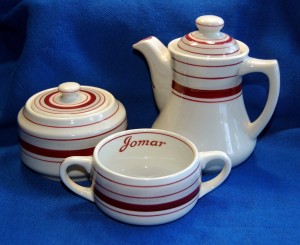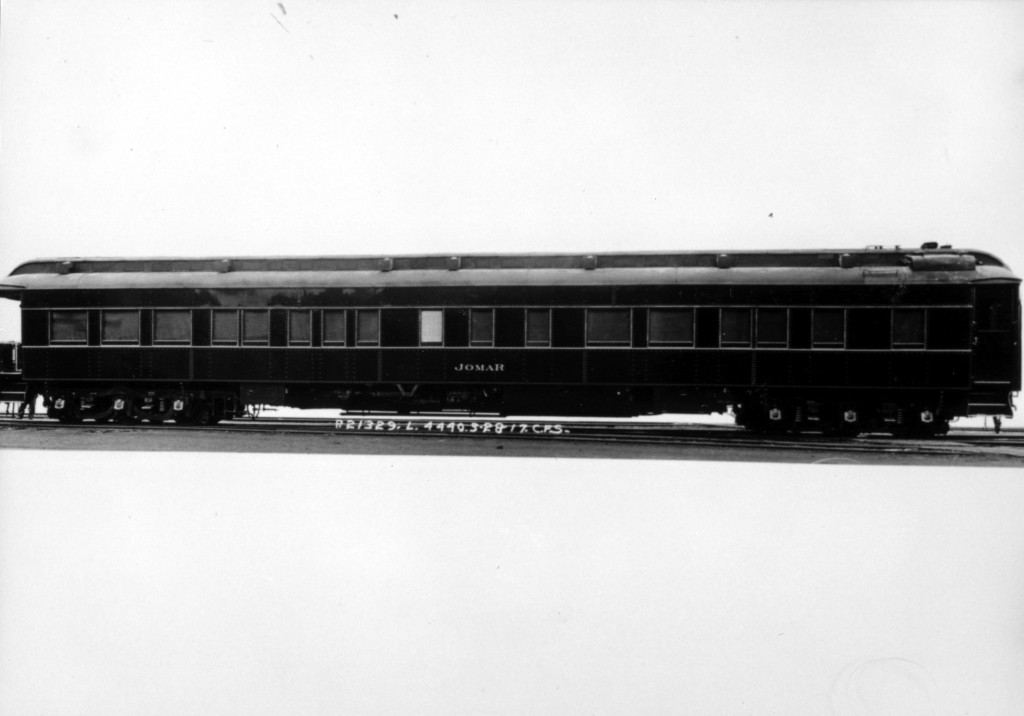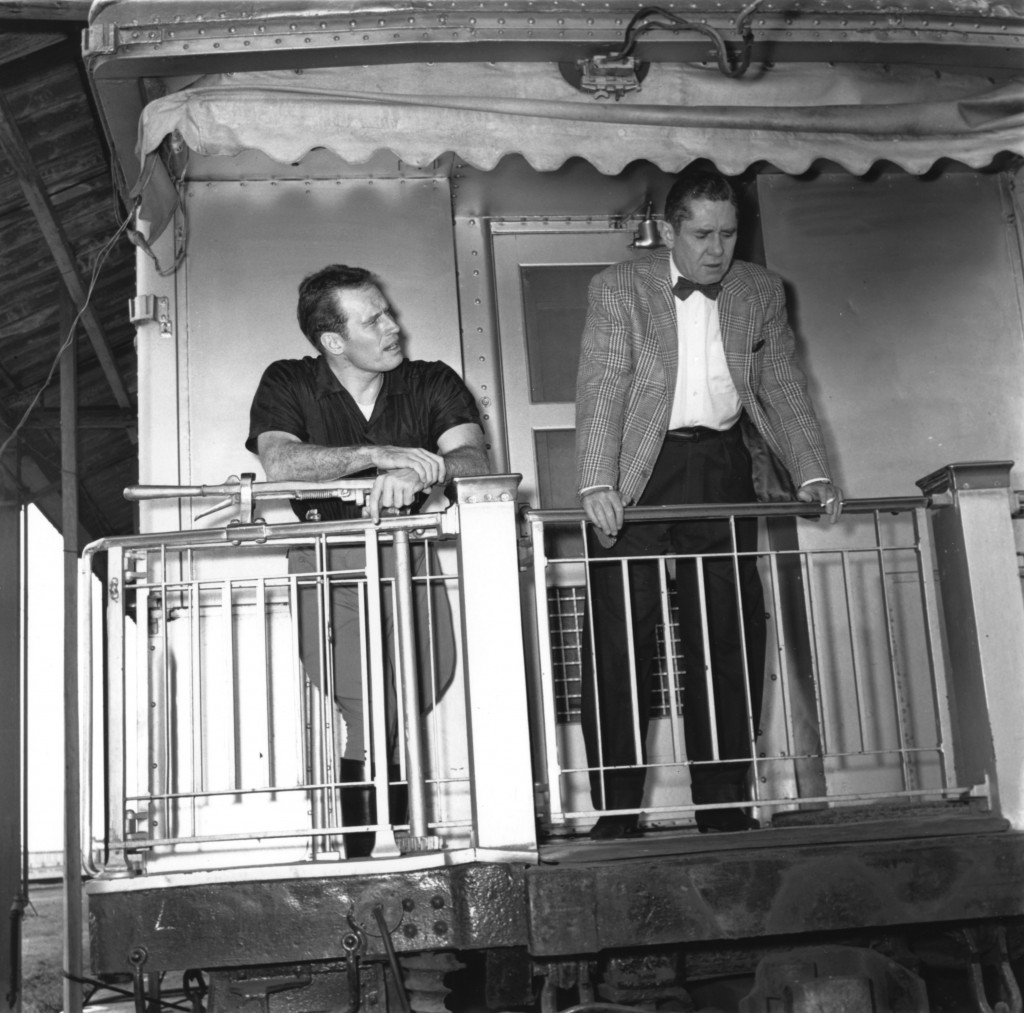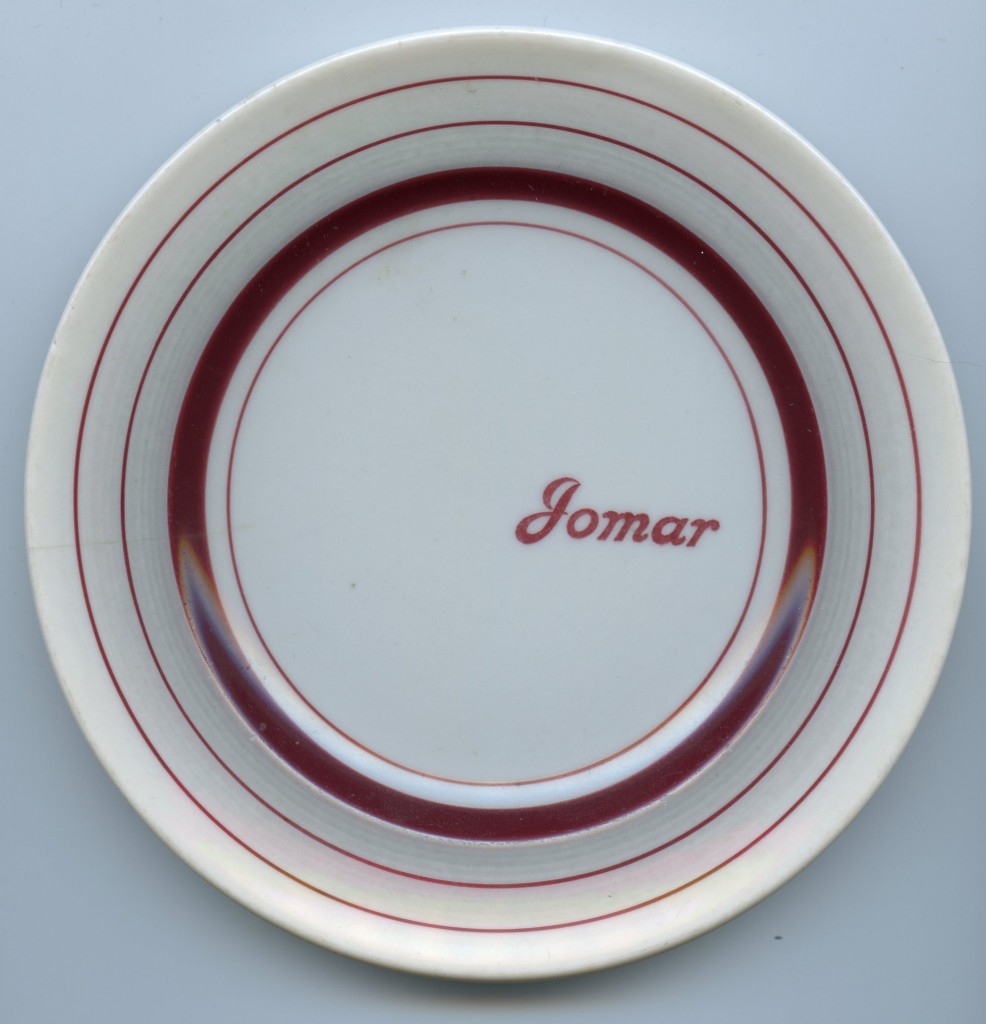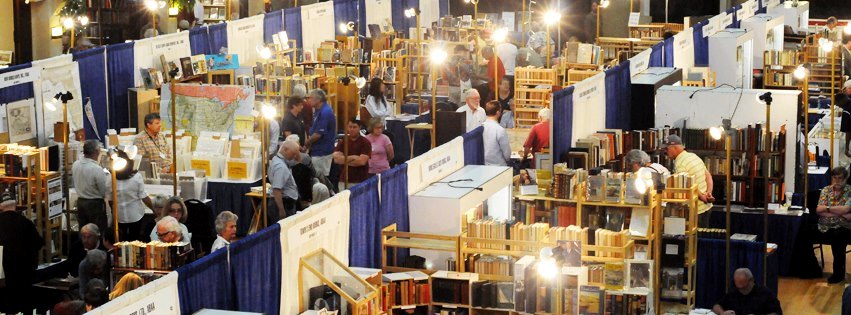
More than 100 dealers from throughout the United States and Canada exhibited at the 32nd Annual Florida Antiquarian Book Fair in St. Petersburg, Fla.
This year I hit the jackpot in my on-going quest to add to my collection of circus memorabilia. Each March, for most of the past 32 years, I’ve attended the Florida Antiquarian Book Fair in St. Petersburg, Fla., searching for new items to expand my collection. The past three years I’ve written WorthPoint articles about my hunt and you can read those articles by clicking on 2010, 2011, 2012.
Some years I’ve found a book I didn’t own or, if I was really lucky, two books. Once, an original 1930s Ringling Bros. and Barnum & Bailey poster was for sale and I snatched it up. Another time I finally completed my set of Ringling Barnum programs. However, this year I scored a bonanza, but more about that later.
The Florida Antiquarian Book Fair is the oldest and largest such event in the Southeast and attracts dealers and buyers from throughout the country and abroad. Approximately 115 dealers visit sunny Florida on March 8-10 for the three-day event. Dealers bring not only rare and out-of-print books, but maps, prints, autographs, documents and an unending assortment of ephemera. Below are just a few of the circus items I came across at this year’s event. The prices listed were the asking prices, not always the true value of the items.
Vivian Moore Bookseller, from Cumming, Ga., has exhibited at the Florida Antiquarian Book Fair every one of the 32 years the fair has been in existence. And every year Vivian brings a nice variety of circus and circus-related items. This year was no exception. Below are five of the circus collectibles she displayed in her booth.
In 1931 motion picture star Tom Mix and his Wonder Horse Tony were featured performers in Sells Floto Circus. This four-page courier was printed for the June 8 date when the show appeared in Manchester, N.H. Inside pages in the courier describe other acts in the show including a full page devoted to The Great Peters, the man with the iron neck who drops 75 feet through space with his head in a hangman’s noose.
Hagenbeck-Wallace was a major tent circus from 1907 through 1938. Wild animal trainer Clyde Beatty was illustrated on the cover of the 1934 souvenir program. Note the original price of the program was only 5 cents.
Mr. Mistin, a 6-year-old child prodigy, played the xylophone in the center ring of Ringling Bros. and Barnum & Bailey in 1953. The act was less than sensational, but John Ringling North placed young Mr. Mistin on the cover of the souvenir program. Stories inside the program included one written by Ernest Hemingway.
Wild West shows are closely related to circuses and the most popular was Buffalo Bill’s Real Wild West. The Courier Company produced this card with a printed, simulated autograph: W.F. Cody, “Buffalo Bill.”
Francis Lentini, the three legged boy, was a major side show attraction, appearing with many travelling shows, including Ringling Bros. and Barnum & Bailey. The cabinet card brought by Moore shows a young Lentini, photographed by Charles E. Ridenour.
Read’em Again Books, from Montclair, Va., brought several circus collectibles, including a TV premium for the Super Circus show. The program was on the air from 1949 to 1956 and starred hostess Mary Hartline. This is a cross collectible with interest to TV collectors and collectors of soft drinks. Canada Dry was a sponsor of the show. The premium was priced at $75.
Copperfish Books, from Punta Gorda, Fla., brought three large-format Ringling Barnum programs. The 104th Edition of The Greatest Show on Earth toured 1974-75; the 115th Edition toured 1985-86; the 127th Edition toured 1997-98.
Glover’s Bookery, from Lexington, Ky. had a copy of “Circus Dreams” by Lynn Goldsmith. The book featured photos and text about the Great Circus Parade and the surrounding activities held in July in Milwaukee, Wis. The book was priced at $6.85.
Lighthouse Books, in St. Petersburg, Fla., is another store that has exhibited at the Florida Antiquarian Book Fair from the beginning. The owner, Mike Slicker, organized the original group of dealers who formed the Florida Antiquarian Booksellers Association, the sponsor of this annual event.
Lighthouse Books also had two unusual, large-format (12 ½ inches x 17 ½ inches) books used by an agency that represented circus acts. Above you see the 1926 Fair Annual. Notice at the bottom of each page it says: “Every act in this catalog controlled exclusively by World Amusement Service Association.” A 1927 edition was also available. These rare collectibles were priced at $500 each.
John Asfour at The Philosophy Store in Gainesville, Fla., brought two circus books, both about Ringmasters. “The Real Ringmaster” was signed by the author, Austin Miles. You can contact The Philosophy Store at P.O. Box 13736, Gainesville, FL 32604, 352.378.6370.
Bassett Booksellers from Fullerton, Neb., had a box filled with cabinet cards and cartes-de-visite, many of which were for side show attractions. Among them was a cabinet card of Chiquita, who was also known as Senorita Espiridena Alize Cenda. The card was signed on the back “Chiquita.”
A Book Legacy, located in Palm Harbor, Fla. brought several circus books. “Animal Stories,” by P.T. Barnum, was published in the 1920s. “Circus Doctor” is the story of Dr. J.Y. Henderson, who was the veterinarian for Ringling Bros. and Barnum & Bailey for more than 40 years. This year the Ringling Circus Museum in Sarasota, Fla., honored the memory of Dr. Henderson as a “Great of the Past” at its annual Circus Celebrity Night.
When searching for circus collectibles at the Book Fair, I always ask dealers first, but if the answer is “No,” I still do a bit of searching in their booth. King’s Arms Rare Books, from Williamsburg, Va., had a box filled with various pieces of ephemera, including many sales brochures. Going through the box I found a 1914 catalog from the United States Tent & Awning Co., priced at $500. King’s Arms Rare Books is located at 123-D Woodmere Drive, Williamsburg, VA 23185, 757.564.3516.
Underground Books, in Carrollton, Ga., brought a copy of Corita Kent’s classic, “Damn Everything but the Circus.” Shortly after this book was published, I remember seeing copies in remainder bookstores for very little, but now it’s difficult to find a copy for under $75.
Millie Christine, a top side show attraction, was billed as the Carolina Twin, the Two-Headed Nightingale, the Marvelous Two-Headed Lady and the Eighth Wonder of the World. Lorne Bair Rare Books, located in Winchester, Va., had a nice display of Millie Christine images in their glass showcase. The cabinet card (left) was priced at $1,200. It was signed on the back. The CDV (center) was priced at $300. The color trade card was $350 and has a paragraph on the back describing the conjoined twins.
Bartleby’s Books from Chevy Chase, Md., always brings rare circus collectibles and this year was no exception. A broadside measuring 28 inches by 10 inches heralded the Tompkins Real Wild West Frontier Exhibition and European Circus. This show toured America from 1910 to 1917, sometimes billed as being combined with Cooper and Whitby’s Circus. The show was owned by Charles Tompkins and Al F. Wheeler. Bartleby’s asking price was $375.
The Florida Antiquarian Book Fair primarily focuses on rare and out of print books, but most dealers include related items like boxes of ephemera—that temporary, printed material which was never meant to be retained or preserved. Shaw’s Books, from Grosse Pointe Park, Mich., had just such a box with many pieces of advertising material promoting Florida tourist attractions. That’s where I found a fairly recent brochure for the Ringling Museum in Sarasota, Fla. It was priced at $5.
Perhaps the most unusual book I found was offered by Back in the Day Books from Tarpon Springs, Fla. It wasn’t a circus book, but was circus-related. “The Last Frontier” was written by Courtney Ryley Cooper (1886-1940). When he was 16 years old, Cooper fulfilled the dream of many young boys when he ran away from home to join the circus. He quickly worked his way up to become a clown and eventually advanced to circus management. At one time he was a press agent for Sells Floto Circus. During the 19-teens, 1920s and 1930s, Cooper wrote dozens of stories for some of the country’s leading magazines—American Magazine, The Century Magazine, Colliers, Country Gentleman, Ladies Home Journal, Popular Mechanics and Saturday Evening Post. He wrote 30 books, many about the circus. He was the first to write a biography of Annie Oakley.
But Cooper had another side. Many of his books were about crime. He was a close friend of FBI Director, J. Edgar Hoover. In fact, Hoover called him “the best informed man on crime in the U.S.”
The inscription on the book was to General Custer’s widow, Elizabeth B. Custer, and reads: “To Mrs. Elizabeth B. Custer, in reverence, in appreciation and with the hope that I have given at least a spark of the greatness in these pages to the man whom Buffalo Bill always told me was the funniest [or finest], smartest man that the sun ever shone on. Courtney Ryley Cooper.” The book was priced at $4,500.
Finally, let me tell you about the jackpot discovery I found at this year’s Book Fair. John Spencer from Riverow Bookshop, Inc. in Oswego, N.Y., was a new dealer to the fair this year, but in talking with him, I discovered he had been an exhibitor in the early years when the Fair was in a smaller venue. When I noticed a circus program in a box, he informed me the entire box was filled with circus memorabilia. In fact, he said, there were other larger items from the same collection available as well. He found this stash in California a few months prior.
After some discussion and negotiating, I purchased the entire lot of more than 100 items for $1,000. The majority of the items were fairly common, but there were also many old and very collectible treasures. Because of my ongoing work with the Ringling Circus Museum in Sarasota, Fla.,—a state-owned museum—I was able to make sure several rare photos of the 1904 Ringling Bros. Circus (before it was combined with Barnum & Bailey), Buffalo Bill’s Wild West & Pawnee Bill’s Far East and a few other photos joined their vast collection.
Below are just a few of the better pieces in the collection I purchased from Riverow Bookshop.

This print was made from an original 4- by 5-inch negative of Buffalo Bill’s Wild West and Pawnee Bill’s Great Far East. The negative, along with 11 other negatives from the same event, are now in the Ringling Circus Museum in Sarasota, Fla.
It was certainly an exciting year at the Florida Antiquarian Book Fair. I’ve already marked my calendar for next year’s Fair, March 14-16, 2014. I never know what treasures I might find if you don’t beat me to them first.
Larry Kellogg is a Worthologist specializing in circus memorabilia.
WorthPoint—Discover Your Hidden Wealth
